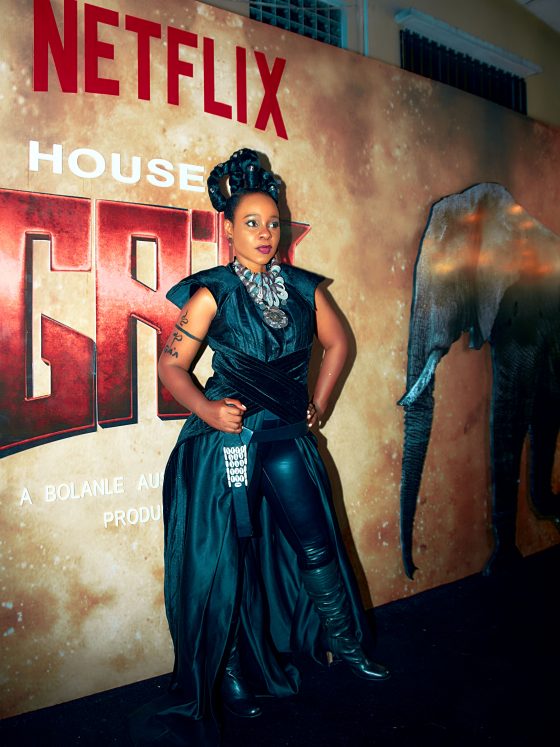In popular culture, the term “IT” girl has long been associated with a mysterious allure, epitomising beauty, charm, and an undeniable sense of style. For decades, society has sought to define and anoint these iconic figures who captivate the collective imagination. However, with the advent of the internet and the subsequent rise of social media, the “IT” Girl concept has undergone a profound transformation.

Once upon a time, becoming an “IT” girl meant winning the approval of fashion editors and society’s elite. These tastemakers held the keys to fame and fortune, selectively anointing a chosen few with the coveted title. Their decisions heavily influenced public opinion, dictating who was considered fashionable, glamorous, and worthy of admiration.
Then came the internet, which acted as a catalyst, blurring the lines between celebrities and ordinary individuals. Suddenly, The Girl Next Door could become an overnight sensation with a viral post. The accessibility and interconnectedness of the online world also meant that new “IT girls” could emerge from all corners of the globe, bringing with them a diverse array of styles and perspectives previously overlooked by traditional media. With this, the power to define oneself and capture public attention shifted from the hands of an exclusive few to a broader audience. Any individual with a camera and an internet connection could create their own narrative, projecting their desired image to a global audience. And just like that, the “IT” girl archetype gained a new life. In this era, all an aspiring “IT” girl needed was the ability to capture the attention of photographers, and the blogs would take it from there. The internet became a breeding ground for self-expression and self-curation, where individuals could showcase their unique style and personality, bypassing traditional gatekeepers.
Then came Instagram, the platform that would forever change the landscape of fame and redefine the concept of the “IT girl.” With a camera in hand, these self-made sensations could chronicle their own lives, showcase their unique personalities, and engage directly with their audiences. The art of self-branding became paramount, and authenticity became the new currency of influence. Suddenly, individuals no longer needed intermediaries to chronicle their lives; they could do it in real-time. Instagram allowed for the cultivation of carefully curated personal brands, giving rise to a new generation of “IT” girls who could captivate audiences with their creativity, authenticity, and relatability. Gone were the days when society’s elite determined who had “It” and who did not. The power to decide rested in the hands of the masses, as users could now follow, engage with, and validate the influencers who resonated with their own aspirations and desires.
As the internet continues to evolve, so does our understanding of what it means to be an “IT” girl. The traditional standards of beauty and exclusivity have given way to a more inclusive and diverse definition. No longer are “IT” girls solely defined by their physical appearance. In today’s world, being an “IT girl” is no longer limited to conforming to rigid beauty standards or being a part of an elite social circle. Instead, it’s about having the audacity to be yourself, to be unapologetically authentic, and to connect with others on a genuine level. The “IT girl” of the modern era is not only a style icon but also a trailblazer and an inspiration to those who look up to her. With this new definition, it becomes apparent that the IT Girl can be anyone: a fashion-forward student, a social media influencer, an unapologetic nerd, or a fierce entrepreneur. The modern “IT girl” defies categorization, celebrating individuality and authenticity above all else. One thing is sure: the glory days of organically rising to prominence are long behind us—think Nike Osinowo winning the Most Beautiful Girl in Nigeria Pageant in 1990 and becoming one of society’s most talked-about socialites overnight.
For this reason, some will argue that the IT girl no longer exists. Despite this, we believe the IT Girl is too fun a concept for us to leave behind. She still exists; it’s just up to you to determine who that is.













